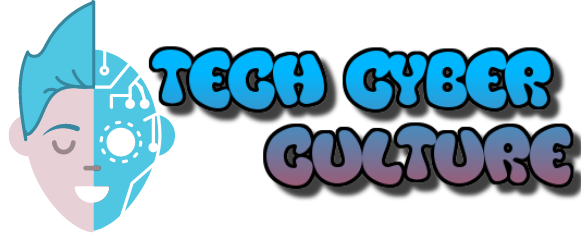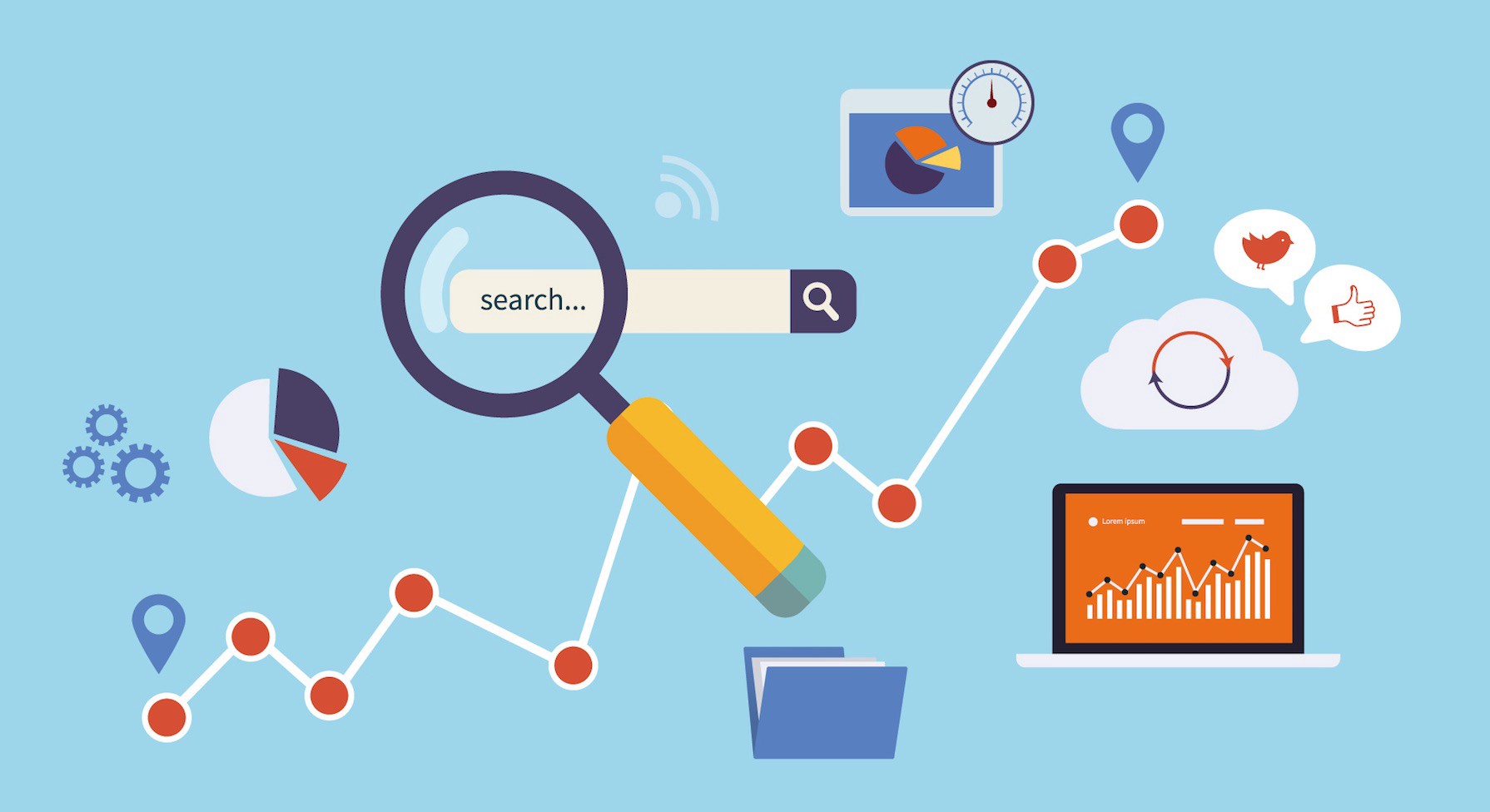What are the top 10 trends in data analytics and the use of big data for business intelligence and decision-making?
The top 10 trends in data analytics and the use of big data for business intelligence and decision-making are:
1. Artificial Intelligence (AI) and Machine Learning (ML): AI and ML algorithms are being used to analyze vast amounts of data and uncover new patterns and trends, enabling businesses to make more informed decisions.
2. Real-time and Streaming Analytics: With the advent of technologies like IoT, businesses are collecting real-time data from various sources and leveraging streaming analytics to gain immediate insights for proactive decision-making.
3. Natural Language Processing (NLP): NLP is revolutionizing the field of data analytics by enabling machines to understand and interpret human language, making it easier for users to query and analyze data without the need for technical expertise.
4. Data Visualization and Interactive Dashboards: Advanced data visualization tools and interactive dashboards are helping businesses present complex data in a user-friendly manner, allowing decision-makers to absorb and interpret insights more effectively.
5. Data Governance and Privacy: As data regulations become stricter, businesses are investing in robust data governance strategies to ensure compliance, protect privacy, and build trust with customers.
6. Cloud-based Analytics: The migration of data analytics to the cloud offers scalability, flexibility, and cost-efficiency, allowing businesses to store and process vast amounts of data without the need for significant infrastructure investments.
7. Augmented Analytics: Augmented analytics combines AI, ML, and natural language processing to automate data preparation, analysis, and insights generation, empowering business users with self-service analytics capabilities.
8. Predictive and Prescriptive Analytics: The integration of predictive and prescriptive analytics into decision-making processes enables businesses to forecast future outcomes and optimize operations by suggesting the best course of action.
9. Collaborative Analytics: With the rise of collaborative tools, businesses are promoting collective decision-making by democratizing data access and analytics capabilities, facilitating collaboration between different stakeholders.
10. Ethical Data Usage: With growing concerns around data privacy and bias, businesses are focusing on ethical data collection, usage, and decision-making, ensuring fairness and transparency in their analytics processes.






